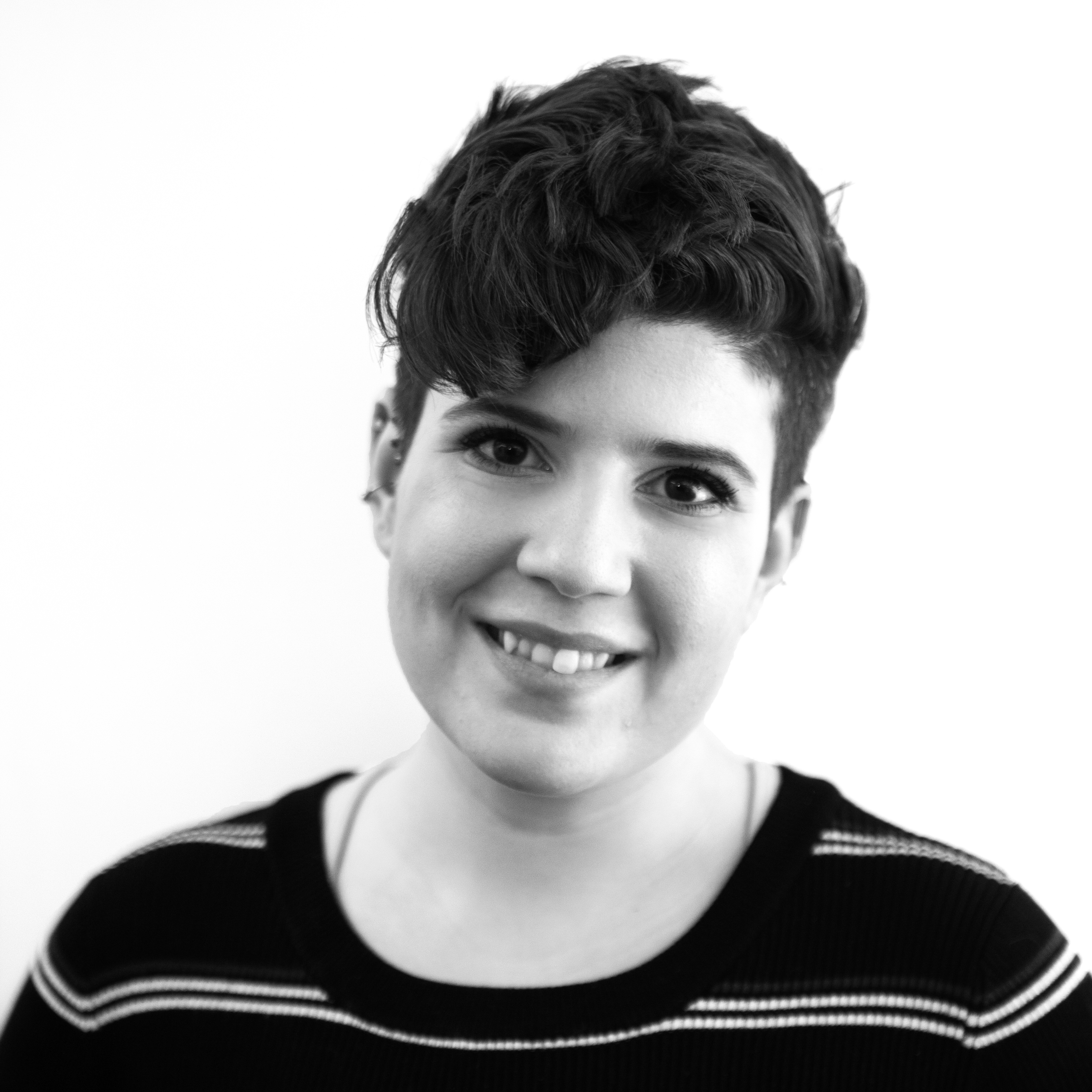Lord of the Rings’ First Female Dwarf Does, in Fact, Have a Beard
TOLKIEN TRAILBLAZER
Sophia Nomvete, who plays Disa, opens up about landing her role days after giving birth, nursing on set, and what it was like to see Middle-earth come alive as a practical set.

Trending Now





